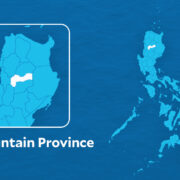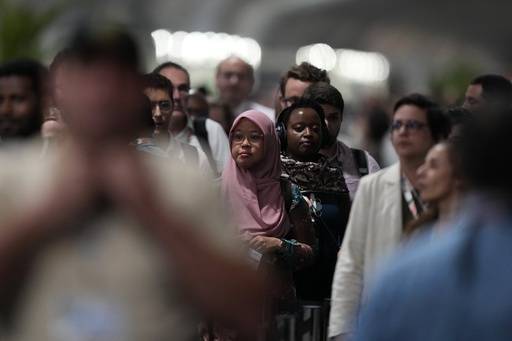Over 20M Filipinos to benefit from improved broadband connectivity

More than 20 million Filipinos are going to enjoy better internet with the approval of funding for a Philippine government project designed to improve climate-resilient, secure, and inclusive broadband connectivity across the country.
The World Bank’s Board of Executive Directors has approved 268.22 million euros ($287.24 million) in funding for the Philippines Digital Infrastructure Project. This project will invest in the government’s national fiber optic backbone, middle-mile, and last-mile connectivity infrastructure, while ensuring these facilities are secure against cybersecurity threats and climate risks.
“A robust broadband connectivity infrastructure is not just a technological necessity; it’s an essential cornerstone for the Philippines to boost growth and attain its goal of becoming an upper middle-income country in the next couple of years,” said Manuela Ferro, World Bank vice president for East Asia and Pacific. “Bringing greater internet access to the grassroots can bridge the digital divide, empower communities, and unlock the full potential of the digital economy.”
High-capacity cables
The “national fiber optic backbone” refers to a network of high-capacity fiber optic cables that interconnect different regions of the country. This network serves as the principal data highway for intra-country communications, carrying large amounts of data at high speeds. This project will complete the remaining parts of the national fiber backbone, connecting the two main international landing stations in Baler (Luzon) and Davao City (Mindanao).
Investments in the “middle-mile” infrastructure will extend connectivity from the main backbone to more localized underserved areas in the regions of Western Visayas, Central Visayas, Eastern Visayas, Zamboanga Peninsula, Northern Mindanao, Davao Region, Soccsksargen, and Caraga. Among other steps, this will involve the installation of underground fiber optic cables, which promise to make the network more resilient against disruptions from climate and extreme weather events.
Last-mile services
Investments in the “last mile” infrastructure or those that connect to end-users takes the work one step further by rolling out infrastructure in currently uncovered areas. The project will create infrastructure foundations that will connect public institutions, schools, and hospitals in Eastern Mindanao, along with free-Wi-Fi access points in these facilities. These facilities will pave the way for commercial operators to offer last-mile internet services for households.
“Improved internet access will help all Filipinos, especially those in remote areas of Mindanao, gain better education, health care, social protection, and government services,” said Zafer Mustafaoğlu, World Bank country director for the Philippines, Malaysia, and Brunei Darussalam. “This project fosters a brighter future for lagging regions by connecting everyone and ensuring that the poorest and most vulnerable Filipinos can benefit from the power of technology.”
To ensure resilience of these investments, the project will incorporate climate data, risks, and resilience measures into the design of the infrastructure. These measures include using climate-resilient materials and conduit systems for underground cables, designing overground infrastructure to withstand strong winds and floods, and incorporating innovative engineering solutions to adapt to climate-related risks, among others.
A variety of steps will be taken to guarantee the country’s broadband network is safe from cybersecurity threats. For instance, the project will deploy advanced intrusion detection and prevention systems, as well as implement next-generation firewalls. Additional measures include multi-factor authentication for broadband infrastructure access, comprehensive encryption protocols, regular updates to address Wi-Fi vulnerabilities, and provisions against the dual vulnerabilities of natural disasters and cyberthreats.
Expanding reach
The project promises to benefit Filipinos outside the country’s main urban centers, in particular. At present, the delivery of telecommunications, internet connectivity, and other mobile or data-based services concentrates disproportionately in areas of strong commercial viability. This is due to the historic role of the private sector in shaping the market. As a result, almost half (45.5 percent) of all barangays (villages) nationwide are presently not served by a private telecommunications service provider.
Expanding the reach of broadband connectivity to all regions of the country will help level up this uneven service provision.





















